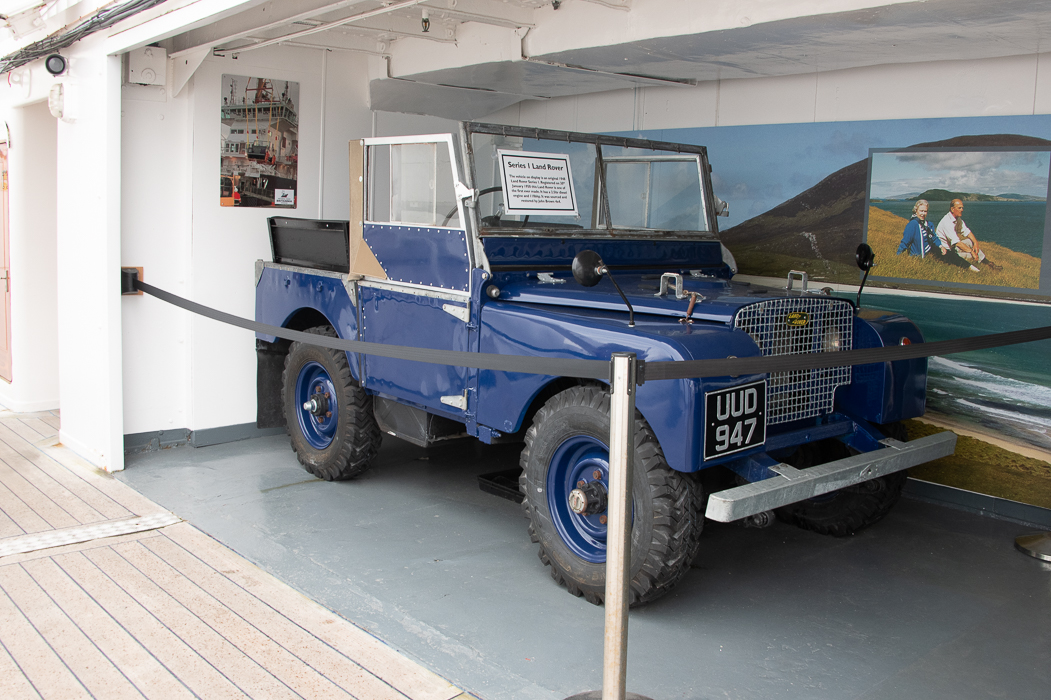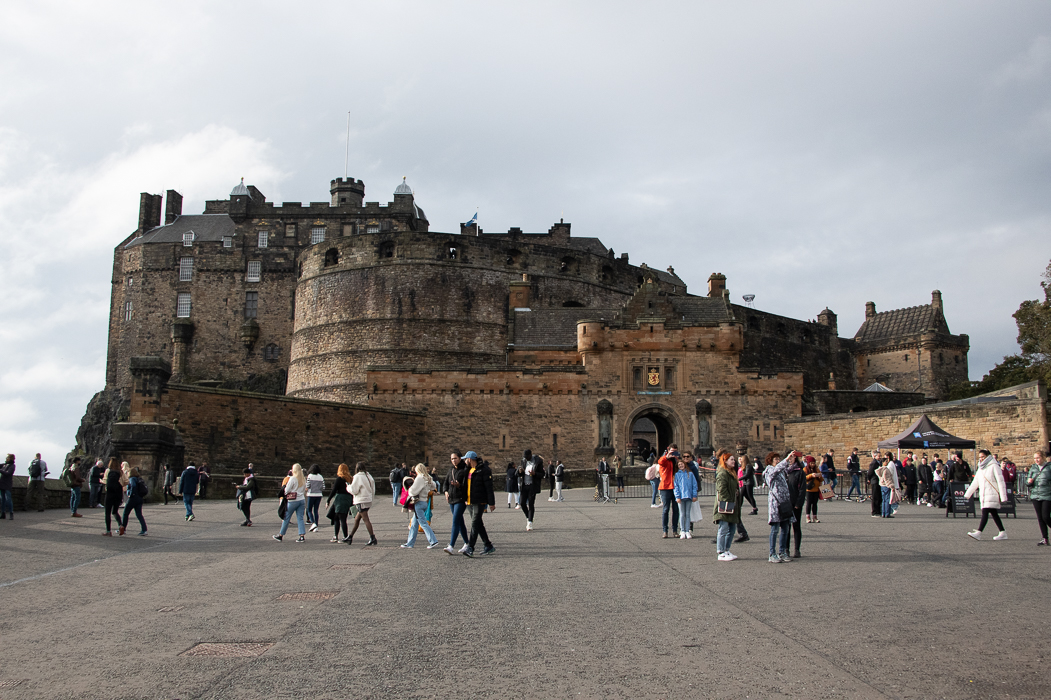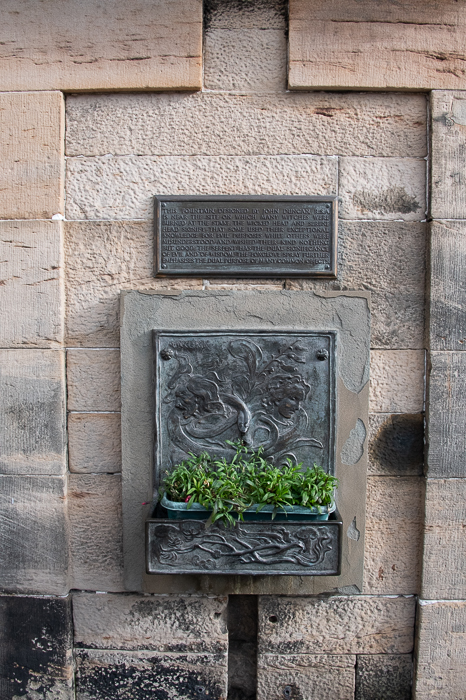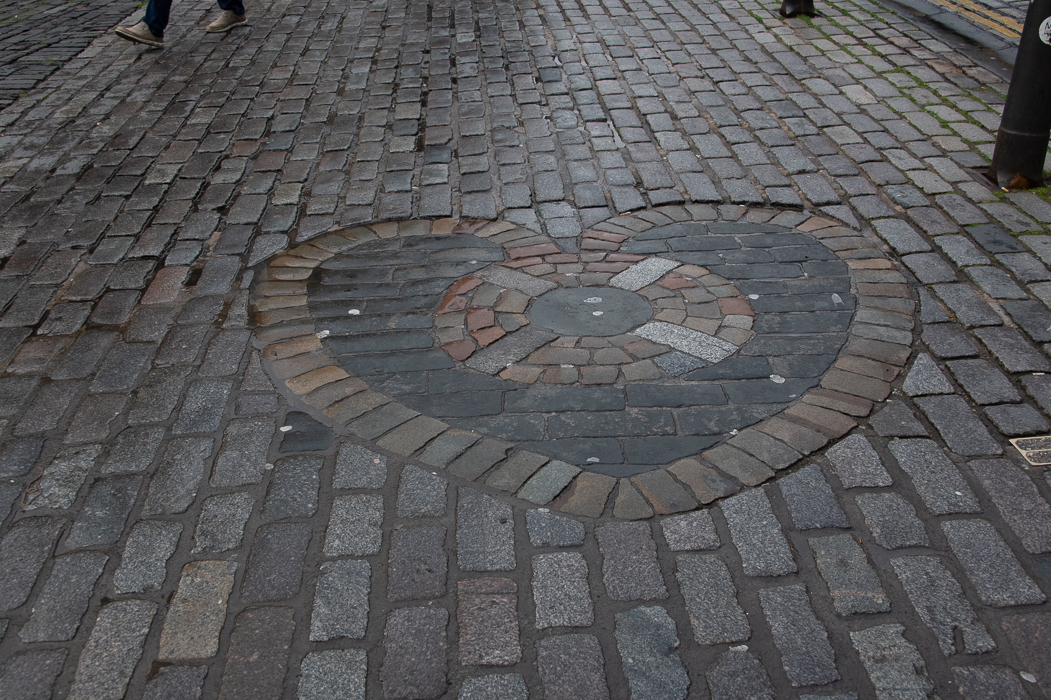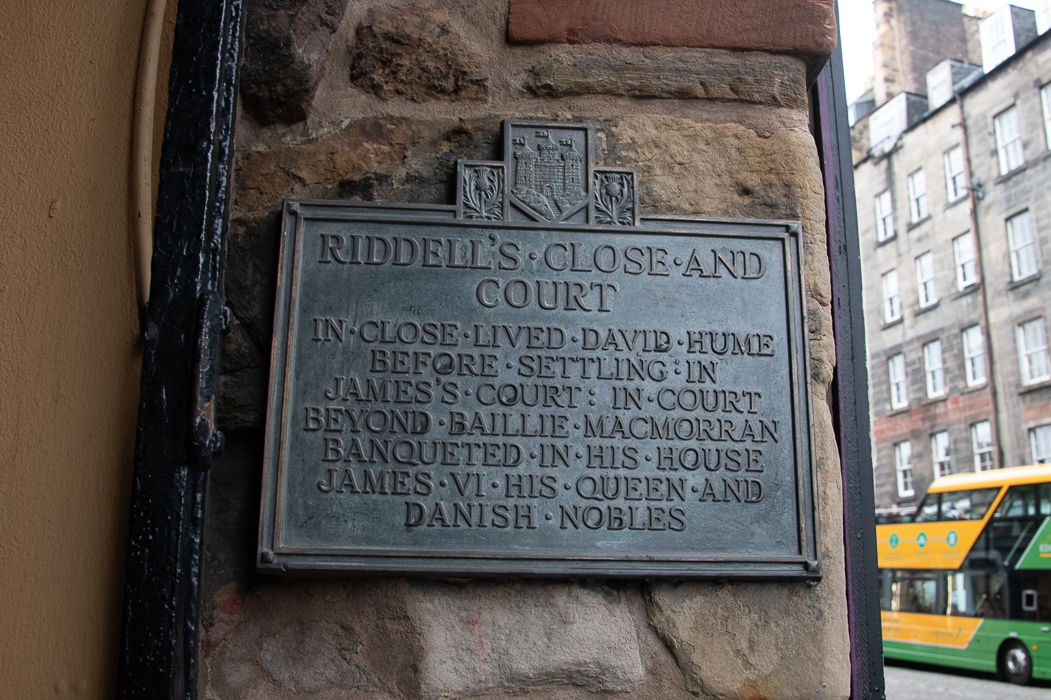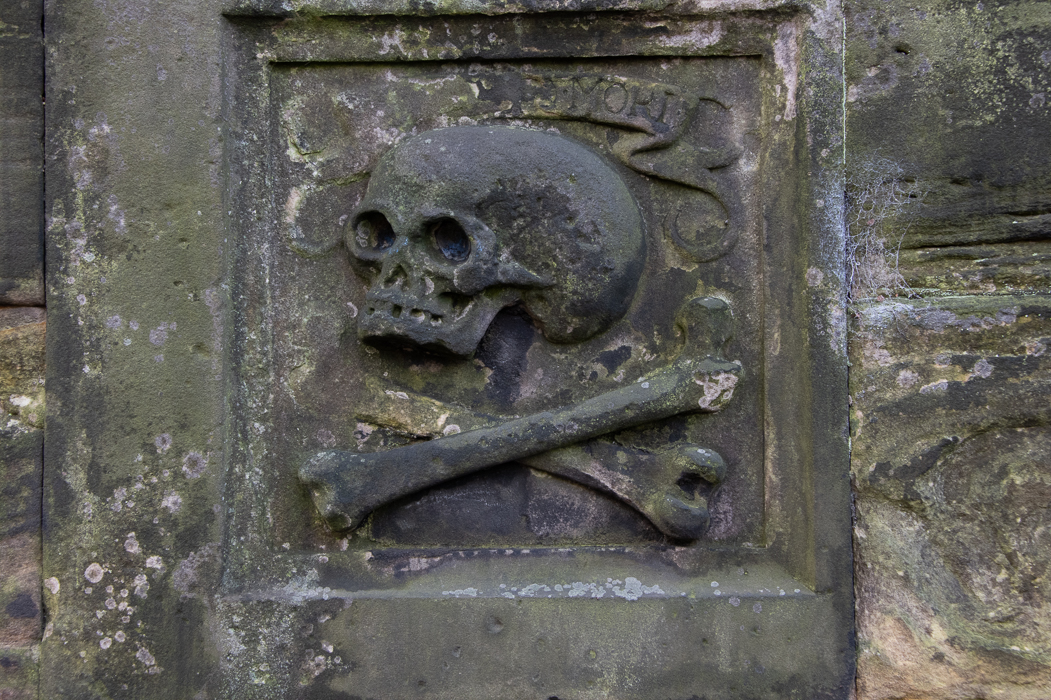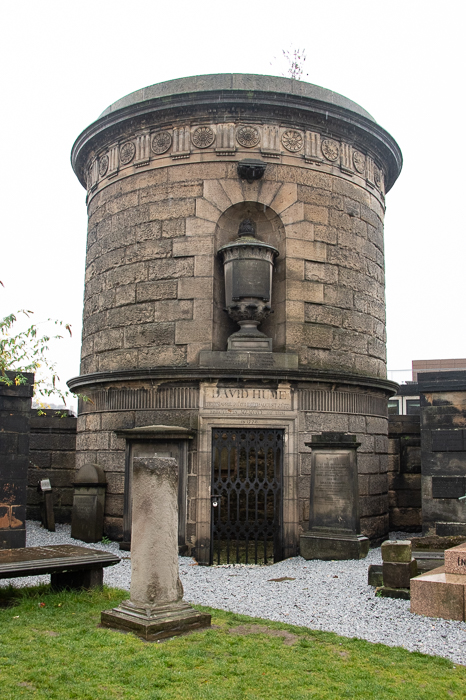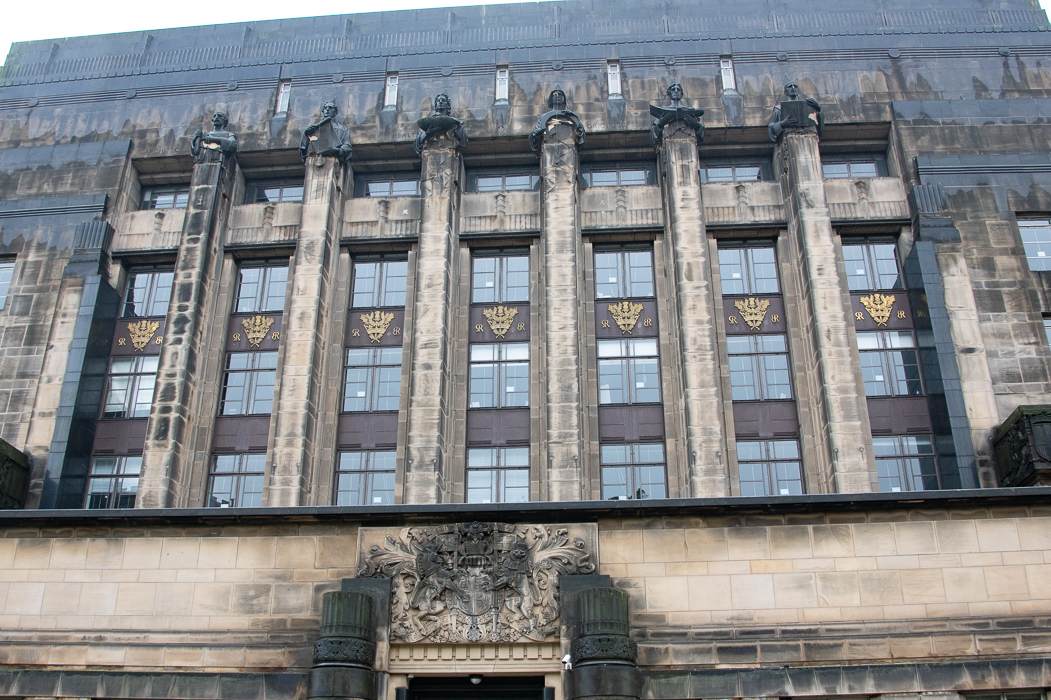October 2022
Edinburgh
Holyrood Castle
Holyrood Palace (sometimes called Holyrood House) is the official residence of the British monarchy in Scotland. The palace has served as the principal royal residence in Scotland since the 16th century and is a setting for state occasions and official entertaining.
Taking a tour of Holyrood is a walk through royal history with all its marriages, murders, mayhem, and intrigue.
The history of the palace is much older than the 16th century, however. The first building on the site was built in the year 1128. This structure is the now-ruined Augustinian Holyrood Abbey and was commissioned by King David I of Scotland.
Robert the Bruce (1274-1329) held a parliament here in 1326 after which it was probably used as a royal residence. Both Kings David II and James II were buried at the abbey.
The marriage of James III and Margaret of Denmark took place here in 1469 and the guesthouse of the abbey served as the royal residence before the first version of the palace was constructed.
The original version of the palace was commissioned by King James IV and was completed between 1501 and 1505. It was built right next to the abbey in the Gothic architectural style. The Gothic palace featured a chapel, gallery, royal apartments, and a great hall and was most probably built because of his marriage with Margaret Tudor, an event that took place in the abbey in 1503. The palace was expanded by James V between 1528 and 1536. This project added additional royal apartments and included those in the northwest tower which are still in the palace today, Sadly no photography is allowed in the house, the rooms are stunning and the history is amazing.
Mary Queen of Scotts figures prominently in the Palace tour. She married the Dauphin of France in 1558 and was Queen consort of France from 1559 until the King’s death in December 1560. Upon his death, she returned to Scotland and lived in the royal apartments of the northwest tower between 1561 and 1567, the year of her forced abdication.
During her 6-year stay, the poor woman was also married in Holyrood Palace, twice. She married Henry Stewart, Lord Darnley, in 1565 in the chapel of the palace, and James Hepburn, 4th Earl of Bothwell, in 1567 in the Great Hall.
A big highlight of the tour is about murder. Shortly after marrying Lord Darnley in 1565, Darnley became extremely jealous of Mary’s close relationship with her personal secretary, an Italian man named David Rizzio.
So, on the night of March 9, 1566, while Mary was having dinner with Rizzio and several female courtiers, Darnley joined them and accused Mary of adultery. Then men hiding nearby dashed up the stairs and stabbed Rizzio a total of 57 times. All of this took place in the northwest tower.
The house is still used today by the Royal Family.
The garden surrounding the palace covers an area of about 10 acres and is part of a much larger park referred to as “Holyrood Park” or “Queen’s or King’s Park.”
This park covers an area of 650 acres and originally served as a royal hunting estate. One of the most famous features of this park is Arthur’s Seat, an extinct volcano and the highest point in Edinburgh at 823 feet above sea level.
The Royal Yacht Britannia
The Britannia is the former royal yacht of the British monarchy. She was in service from 1954 until 1997. She was the 83rd such vessel since King Charles II acceded to the throne in 1660, and is the second royal yacht to bear the name, the first being the racing cutter built for the Prince of Wales in 1893. She will also be the last Royal Yacht.
Pictures are allowed everywhere on the Royal Britannia, but due to her size, and the fact she is moored behind a giant shopping mall, an overall picture of her is rather impossible to take.
You can visit the Queen’s study, her bedroom, and many other interesting rooms, but they are all behind glass and impossible to photograph appropriately.
A visit to the yacht is with a free audio guide that does a wonderful job of explaining all the nooks and crannies of the ship, as well as, what life was like aboard for the staff, the sailors, the Royals, and guests.








